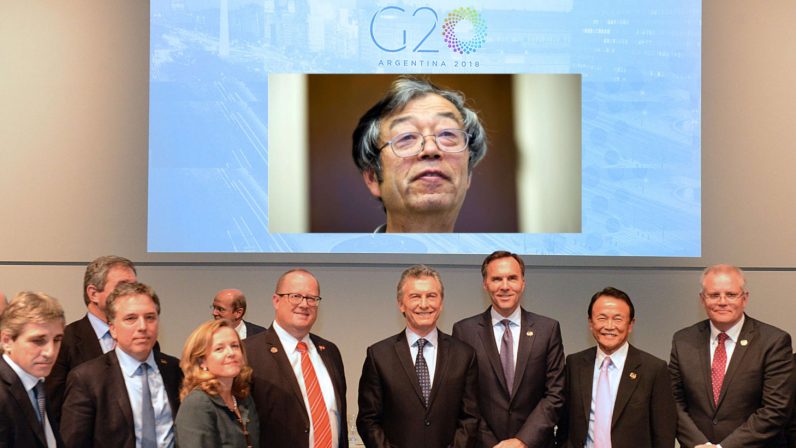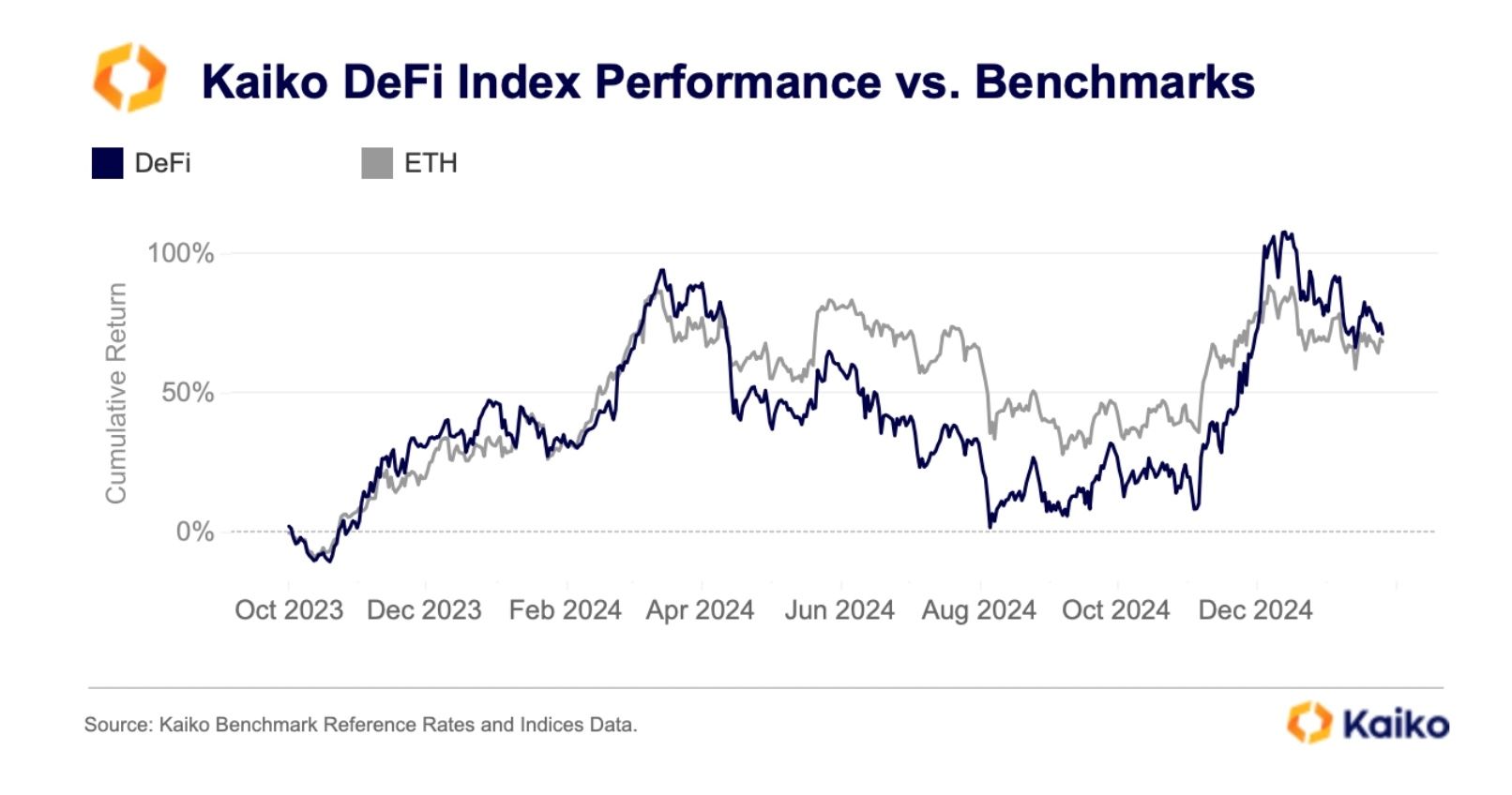2024-12-21 18:42 |
The blockchain industry is on the brink of a major transformation, and 2025 will be the year everything truly starts to shift. But before we get there, it’s important to understand what’s been holding this technological revolution back.
The current, traditional internet works because its infrastructure is scalable and connects users effortlessly, no matter where these users are located. The decentralized ecosystem, on the other hand, still struggles with issues stemming from fragmented liquidity and a clunky user experience that prevent the technology from reaching its true potential.
For this new paradigm to truly become the "internet of value," it needs to match the current internet’s scalability and seamless connections. The good news? Major breakthroughs are on the horizon. Innovations like aggregation layers and decentralized AI are poised to solve these issues and unlock the technology's real potential, making it more efficient, intuitive and accessible for everyone.
2 key things the 'Internet of Value' needsTo understand why 2025 will be a game-changer, let's first break down what makes the existing digital infrastructure work: scalability and seamless connectivity. Any user can launch an app or website anywhere, and no matter where that user is located in the world — you’re still just “online,” without needing to connect to any specific local network. This connectivity and scalability are what make our current digital world function so smoothly.
The decentralized landscape, however, still has a long way to go. For Web3 to truly become the "internet of value," it needs the same two things: endless scalability and unified liquidity. Once we achieve those, a lot of the current barriers disappear. Developers will be able to build their own blockchains without worrying about liquidity or being stuck in isolated ecosystems. Financial apps will be able to tap into massive liquidity pools, and users won’t have to deal with bridging assets. Artists will be able to create their own NFT platforms while still connecting to wider communities.
The biggest change, however, will be the user experience. Right now, navigating Web3 is confusing — cross-chain bridges and slow transfers are a hassle. But once these changes are made, using Web3 will be as easy as using Web2, where everything flows together seamlessly.
The age of aggregationOne of the biggest breakthroughs coming in 2025 is aggregation layer technology. Think of it as the TCP/IP of the decentralized infrastructure, serving as the protocol that connects different networks. Before TCP/IP, the internet was fragmented and clunky, with each network needing custom gateways to communicate with the next. It was slow, error-prone and complicated to use. With aggregation layers, that all changes. By 2025, thousands of blockchains will be linked, but each will maintain its independence while seamlessly sharing liquidity.
Cross-chain transactions will be nearly instant, and users won’t even have to think about how it all works. Just like people do not need to know how the internet works when you browse the web, so will they not have to worry about which particular blockchain they are using to conduct transactions. This will allow distributed networks to connect and scale endlessly while keeping liquidity unified across the entire ecosystem.
AI moves from centralized to open protocolsAnother big change coming in 2025 is the shift in AI development. Right now, AI is controlled by a few big tech companies, which limits access and innovation. In 2025, the digital landscape will see decentralized AI become a reality, powered by protocols that ensure fair compensation for those who help develop AI models. This will open up AI development to the community, creating more collaborative open-source frameworks.
Just like aggregation layers will connect blockchains, decentralized AI will break down corporate walls and let AI agents work together across the ecosystem. This shift aligns with the core values of Web3 — shared ownership, transparency and decentralization. Users will have more control over their data, and AI development will become a community-driven effort, free from the monopolistic grip of Big Tech. Blockchain-native AI will also make it easier to automate complex DeFi transactions, optimize gas fees and manage multi-signature accounts with less effort.
Capital will flow like informationDeFi still suffers from fragmented liquidity, making it hard to move assets between different chains. Right now, if a user wants to use assets from one chain on another, that user has to deal with bridges and delays, making the experience far from seamless. But with unified liquidity, that will change. Imagine a situation where if a user had 100 USDT on any network in the decentralized ecosystem, that would be equivalent to having 100 USDT on all chains, instantly accessible with no need for bridging.
Cross-chain transactions will happen almost instantly, and atomic transaction bundles will let users process multiple transactions across chains in one go. DeFi protocols will be able to tap into liquidity across the entire ecosystem, rather than just within their own network pools. These changes will make DeFi much more efficient and create an “Internet of Value” that works as smoothly as today’s “Internet of Information.” Paired with decentralized AI, DeFi will finally deliver on its promise of financial freedom for everyone, without the complexity and exclusion that still plagues traditional finance.
The year that changes everythingThe combination of aggregation, decentralized AI, and seamless DeFi protocols is not just about new technology but rather focuses on solving the core problems that have kept Web3 from achieving its real-world potential. In 2025, users will interact with decentralized apps without worrying about the complex tech behind them. Developers will have the freedom to build on any chain while tapping into unified liquidity, and AI will shift to community-driven models. As a result, the whole ecosystem will become more intuitive and accessible to everyday users, finally bridging the gap to mainstream adoption.
Web3 will scale infinitely, while offering the smooth, connected experience that today’s internet users expect. The foundation is already being laid: the first aggregation layers are live, decentralized AI frameworks are being tested and DeFi protocols are evolving for cross-chain composability and AI integration. Together, these changes are set to fundamentally redefine what decentralized technology can achieve.
origin »Circuits of Value (COVAL) íà Currencies.ru
|
|














